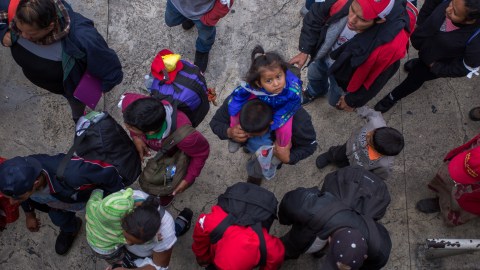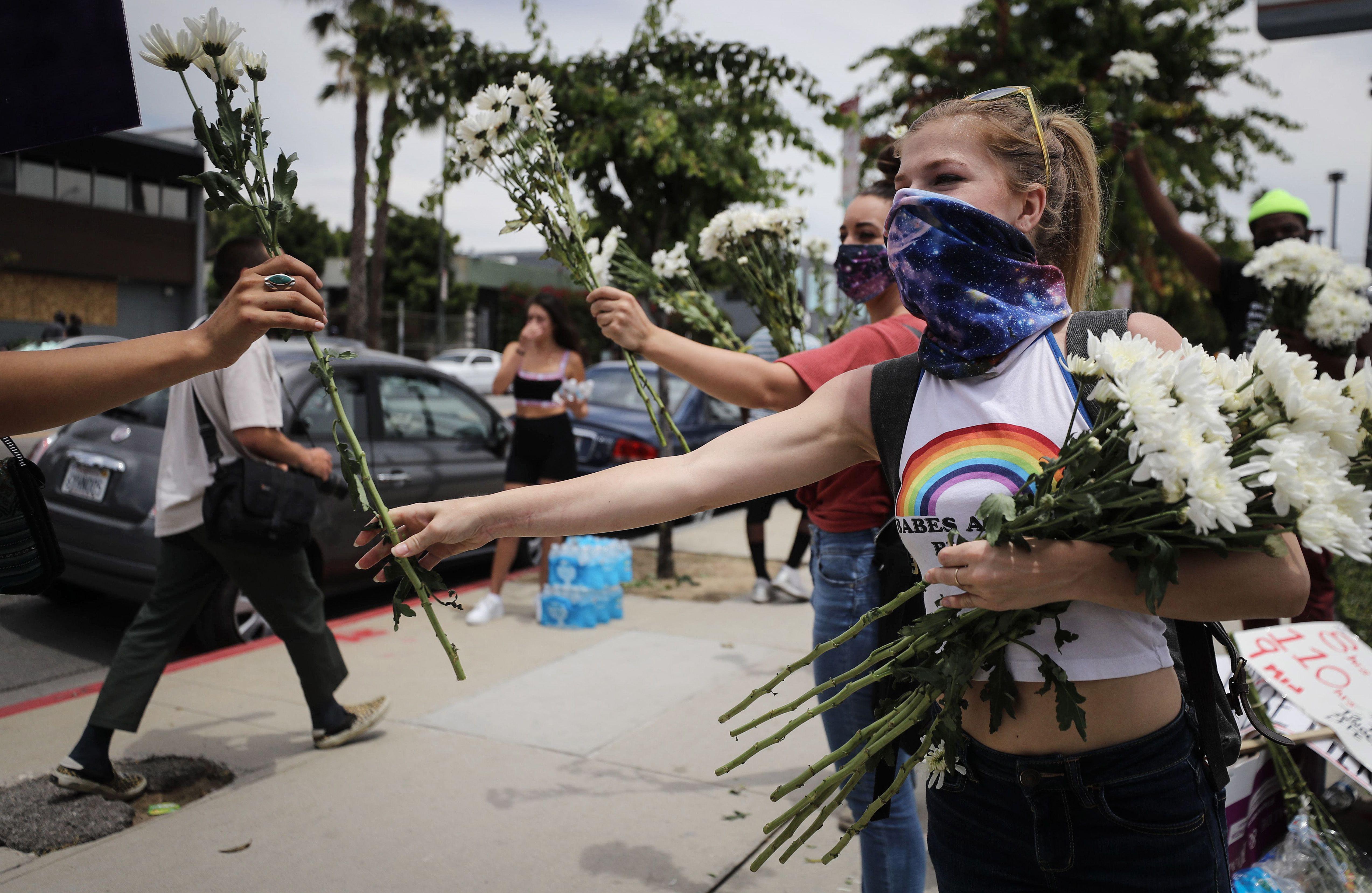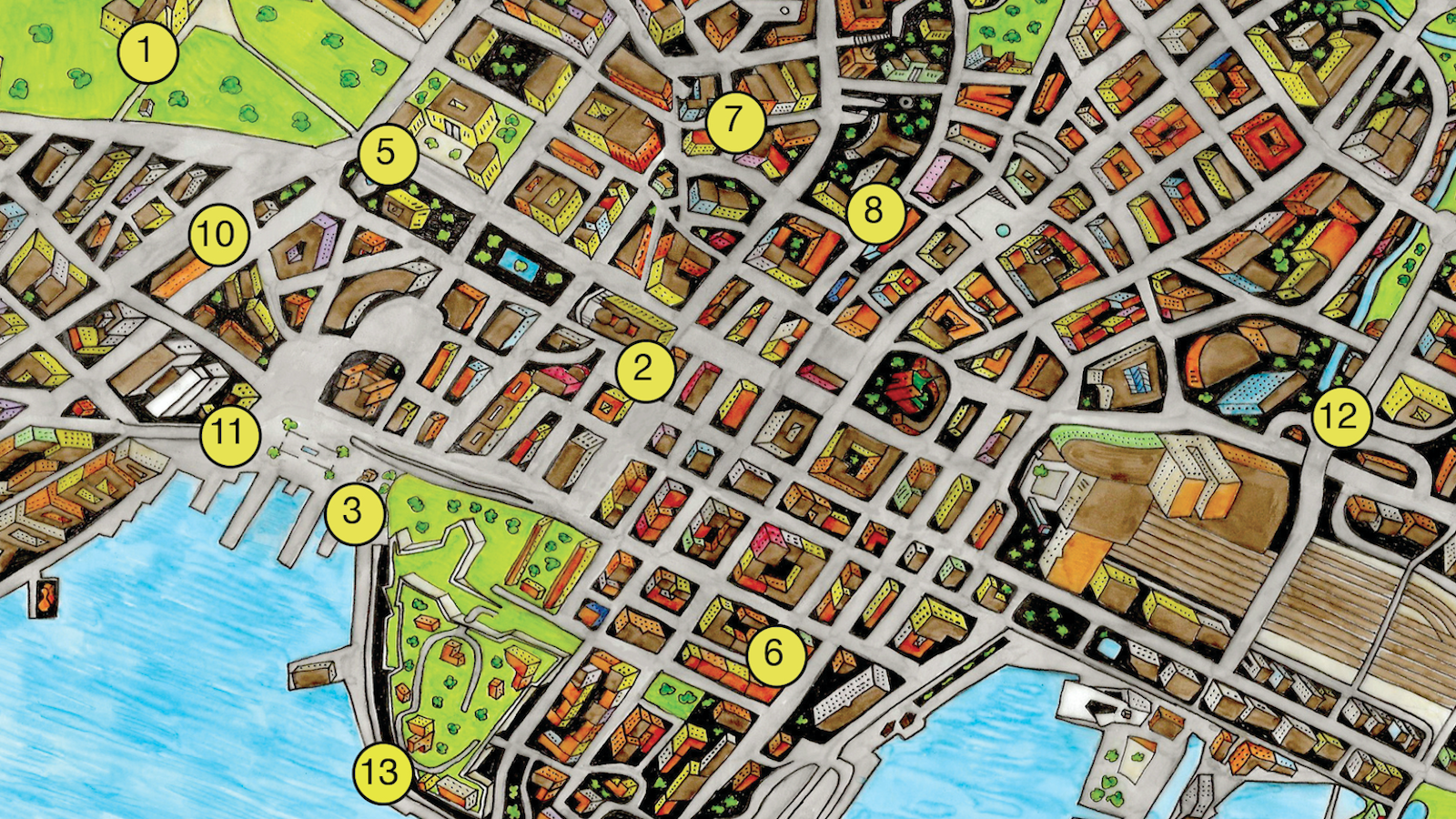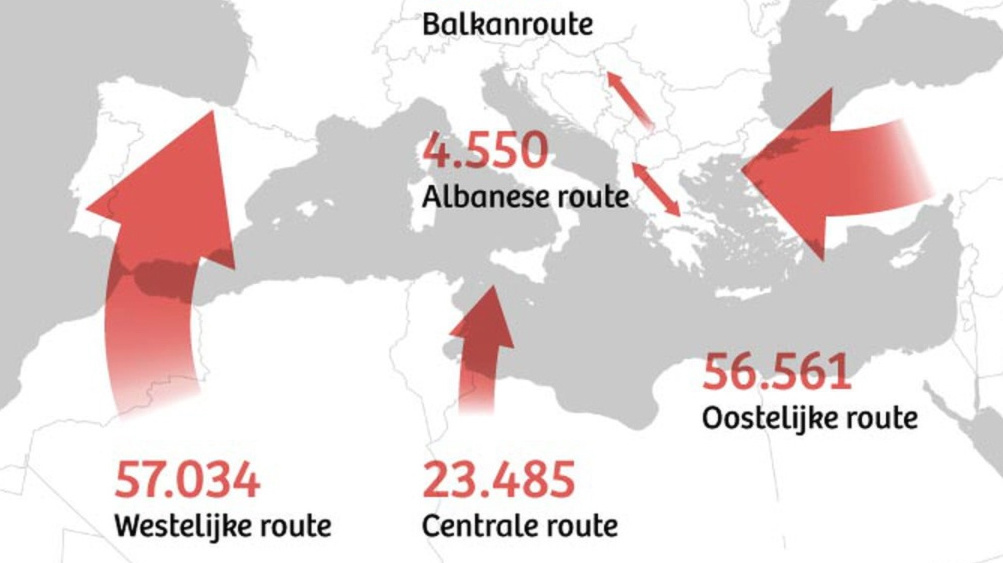5 facts you should know about the world’s refugees

David McNew/Getty Images
Conflict, violence, persecution and human rights violations led to a record high of 70.8 million people being displaced by the end of 2018.
The latest data from the UN Refugee Agency represents an increase of 2.3 million people on the previous year, twice as many as two decades ago – and is roughly the same as the population of Thailand.
But the actual number could be higher because the data only partially reflects the current political and economic crisis in Venezuela, from which around four million people have fled, according to the UNHCR.
Here are the key facts about the world’s displaced population from the UNHCR’s Global Trends – Forced Displacement in 2018 report.
 Image: UNHCR
Image: UNHCR
1. There were more than 13 million newly displaced people in 2018
The report’s figures take account of refugees, asylum-seekers and internally displaced people.
While some displaced people did manage to return to their country of origin, there were 13.6 million newly displaced persons in 2018 – that means 37,000 persons were forced to flee their homes each day of the year due to war or persecution.
A total of 3.5 million asylum seekers – those under international protection, but not yet granted refugee status – were awaiting a decision about their applications, 1.7 million of which were new applicants.
More people sought asylum in the US than any other country, followed by Peru, Germany, France and Turkey.
2. The majority of refugees come from just five countries
More than two-thirds of all refugees originate from just five countries: Syria, Afghanistan, South Sudan, Myanmar and Somalia. In each of these countries, war and unrest account for the high numbers of displaced people.

Image: UNHCR
Syrians make up the largest single group of displaced people, with 13 million living in displacement, including 6,654,000 refugees, 6,184,000 internally displaced persons and 140,000 asylum seekers.
Syria has been the main country of origin of refugees for more than five years.
3. Most refugees seek refuge in the country next door
Almost four out of five refugees around the world sought refuge in a country neighbouring their homeland.
Since hostilities began in Syria in 2011, refugees have largely fled across the border into Turkey, which currently hosts the world’s largest refugee population, at 3.7 million. As well as the 3.6 million exodus from Syria, Turkey has taken in smaller numbers of refugees from Iraq, Iran and Afghanistan.
The refugee population in Pakistan is almost exclusively from Afghanistan and has held steady over the last year, with the number of newborns in the refugee population equalling the headcount of people returning home.
4. Fewer refugees are returning home
While total global refugees increased during 2018, fewer returned to their homeland than in the previous year.

Image: UNHCR
During 2018, the number of refugees who returned to their countries of origin stood at 593,800, down from 667,400 in 2017.
Although the situation in Syria is far from stable, more than 210,000 refugees did return home, mostly from Turkey.
South Sudan saw the second highest number of returnee refugees, primarily from Uganda.
5. Almost half of the world’s refugees are children
Children under the age of 18 made up about half of the global refugee population in 2018, including many that were unaccompanied or separated from their parents – and, as such, at risk from abuse and exploitation.
During 2018, 27,600 unaccompanied or separated children were reported as having applied for asylum. At the end of 2018, 111,000 such children were reported among the refugee population.
However, many countries do not report, or misreport, the numbers of this most vulnerable refugee group, underestimating the actual figures.
Reprinted with permission of the World Economic Forum. Read the original article.





